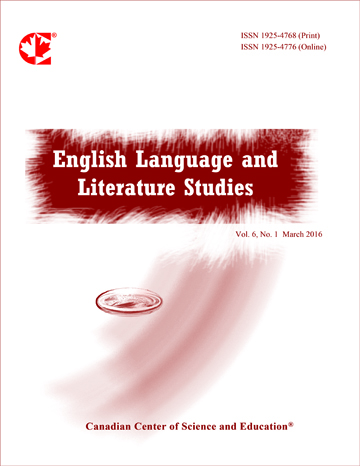Sound Symbolism in Shakespeare’s Sonnets: Evidence of Dramatic Tension in the Interplay of Harsh and Gentle Sounds
- Cynthia Whissell
Abstract
This paper addresses the role of meaningful sounds in poetic communication. A sound symbolic system (Whissell, 2000) was employed to score Shakespeare’s 154 sonnets in terms of the percentage of Harsh (e.g., sh, oo, r, k, p) and Gentle (e.g., l, long e, th, eh, m) sounds in each line. Significant differences in the employment of emotional sounds across lines suggest that the structure of the sonnets is affectively dramatic. Four stages unfold across three quatrains and a couplet. These are the establishment of the problem (lines 1-4; excess of Harsh sounds), its enlargement (lines 5-8; greater dominance of Harsh sounds), multiple emotional reversals (lines 9-12; alternating ascendance of Gentle and Harsh sounds), and a closing coda (lines 13, 14; an echo of the sounds in the first quatrain). In the order of their publication, which has been touted as potentially autobiographical, the sonnets provide a picture of repeated swings between Gentle and Harsh emotional extremes. Individual sonnets critically recognized for their distinctive emotional tone display the appropriate preponderance of Gentle or Harsh sounds.
- Full Text:
 PDF
PDF
- DOI:10.5539/ells.v7n4p1
